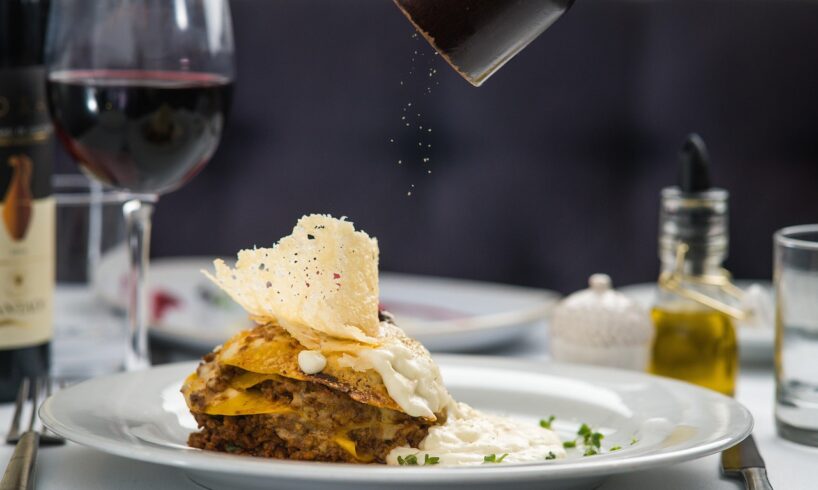
The restaurant industry is experiencing a noticeable downturn in customer traffic, with many establishments reporting fewer diners and a general pullback in spending on dining out. While consumers are still allocating a significant portion of their budget to food away from home, recent trends indicate a shift towards fewer dining occasions, with spending remaining relatively consistent but spread across less frequent visits. This phenomenon is partly attributed to ongoing inflation, which has increased operating costs for restaurants and made dining out a less frequent indulgence for many consumers.
Consumers are adapting to these economic pressures by altering their dining habits. Data suggests that dining out less often is the leading strategy for cutting back on restaurant expenses, with a significant percentage of consumers reporting this change. While some consumers are opting for less expensive menu items or seeking greater value, the trend of simply dining out less frequently appears to be more dominant. Interestingly, while takeout spending saw an increase during the pandemic, it has not fully compensated for the decline in dine-in occasions, with consumers not making up for lost restaurant visits through increased takeout orders.
The impact of economic conditions varies across different restaurant segments. Fine dining establishments, with their higher price points, are generally more vulnerable during economic downturns, as consumers trade down to more affordable options like casual dining or fast-casual restaurants. Quick-service restaurants, on the other hand, have historically fared better during recessions as they offer more budget-friendly choices. However, even fast-food prices have seen increases, prompting consumers to re-evaluate their spending across all dining categories.
Despite the overall softening of sales, the strength of the labor market is seen as a potential buffer, continuing to support consumer activity. However, restaurants are facing a confluence of challenges, including rising rents, higher interest rates, and increased competition, which intensifies promotional activities and affects profit margins. Some businesses are also contending with supply chain disruptions, further increasing procurement costs and impacting inventory management.
In response to these evolving consumer behaviors and economic pressures, restaurants are exploring various strategies to adapt. This includes optimizing operations, potentially by adjusting hours, refining menus, or investing in technology like self-service kiosks to improve efficiency. Some establishments are focusing on emphasizing quality and value to justify pricing and encourage repeat business. The industry’s ability to weather these challenges will likely depend on its capacity to innovate and cater to consumers’ changing needs and budgets, while also navigating the persistent economic headwinds.



